Optimal Timing for Foundation Repairs
Determining the optimal time for foundation repairs involves considering seasonal weather patterns and soil conditions. Typically, the best periods are during dry seasons when ground moisture levels are stable, reducing the risk of further shifting or damage. Avoiding extreme cold or wet conditions can enhance the effectiveness of repair work and ensure long-term stability.
These seasons often provide stable soil conditions, making foundation repairs more effective. However, heavy rains can sometimes delay work.
Ideal for repairs due to dry weather, allowing for thorough work before winter.
Cold temperatures can hinder certain repair methods and delay curing times. Repairs are generally less recommended during this period.
Timing repairs when soil moisture is moderate helps prevent further shifting and ensures better adhesion of repair materials.
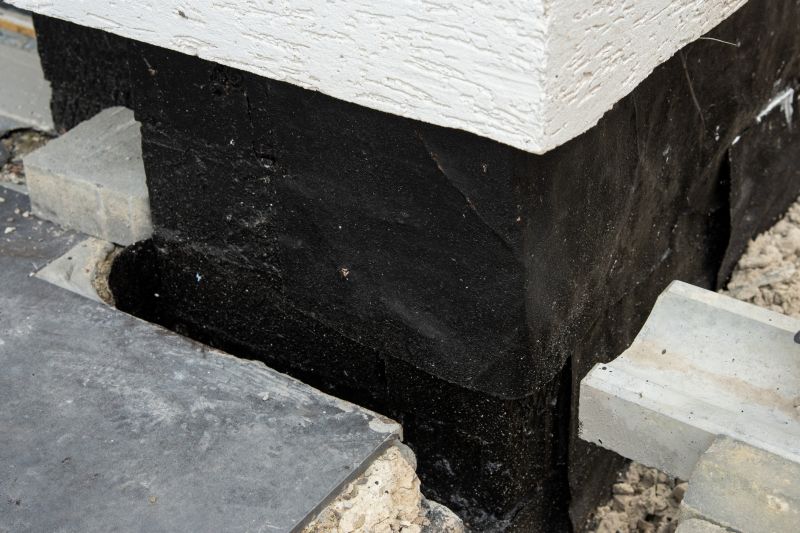
An overview of foundation stabilization techniques.

Methods used to prepare ground before repairs.
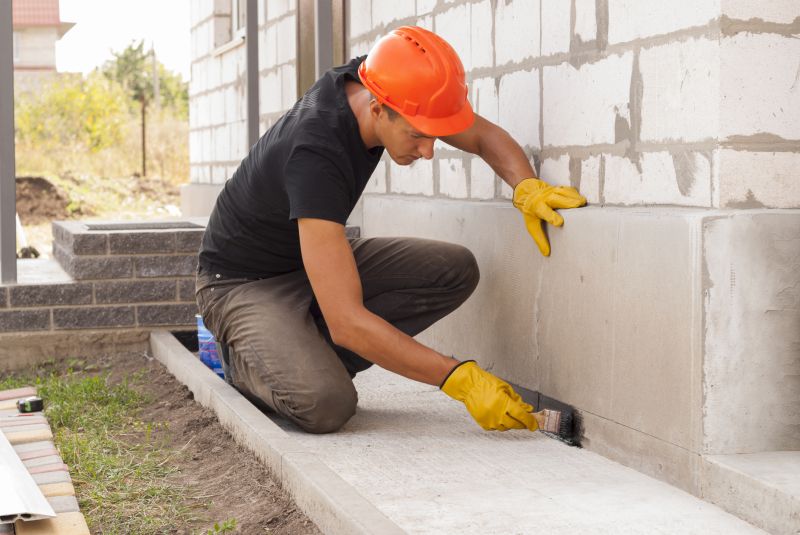
A common method for sealing foundation cracks.
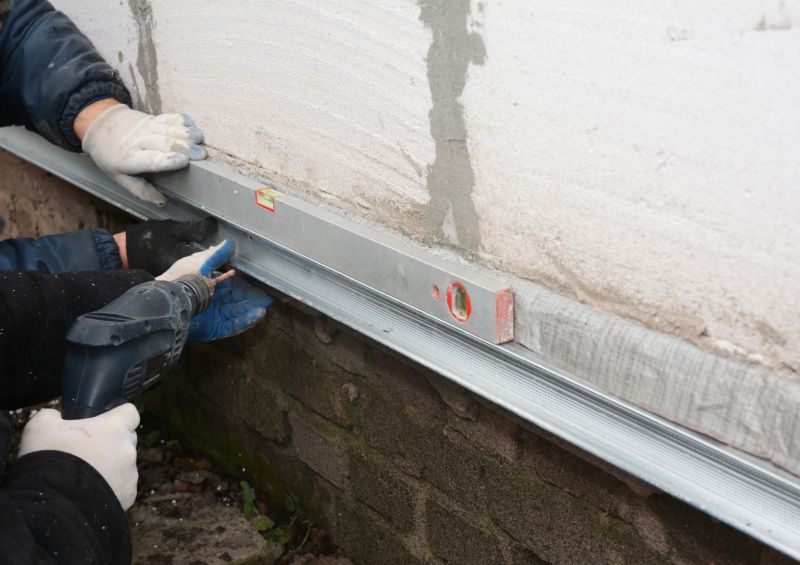
Ways to make Foundation Repairs work in tight or awkward layouts.
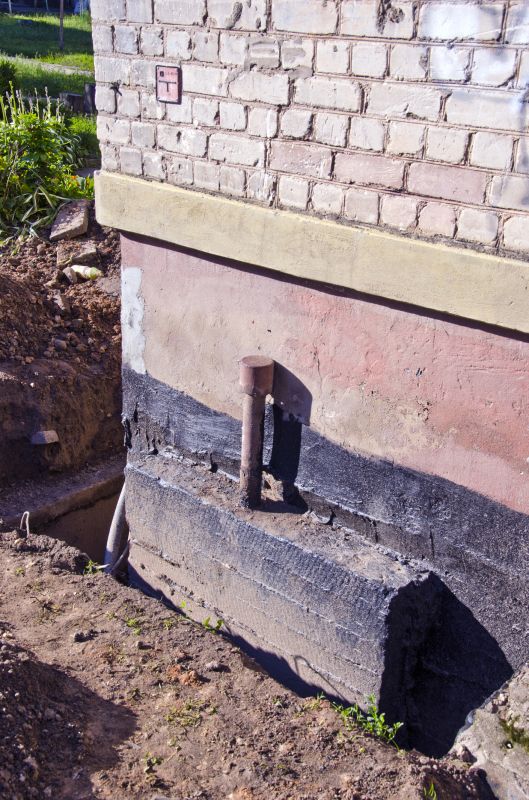
Popular materials for Foundation Repairs and why they hold up over time.
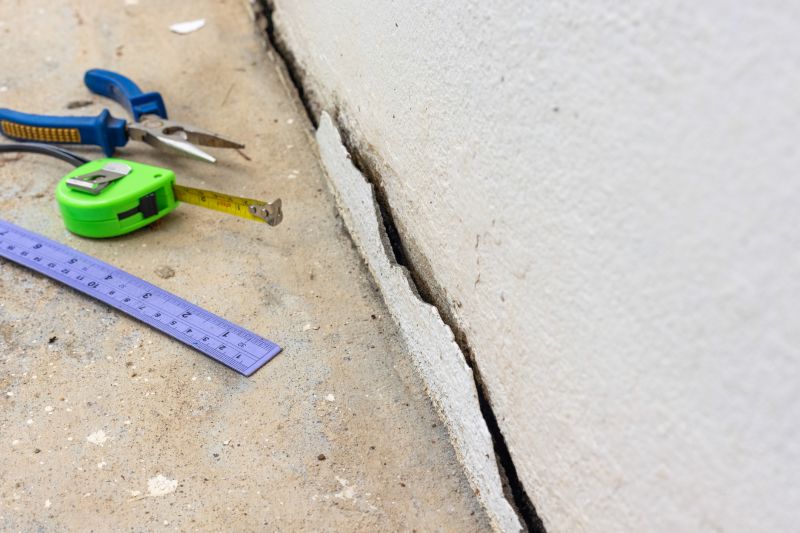
Simple add-ons that improve Foundation Repairs without blowing the budget.
| Season | Suitability for Foundation Repairs |
|---|---|
| Spring | Generally suitable, with consideration for weather delays. |
| Summer | Optimal due to dry conditions and soil stability. |
| Fall | Ideal, with less rain and stable ground. |
| Winter | Less suitable due to cold temperatures and frozen ground. |
Foundation repairs are critical for maintaining the structural integrity of a building. They address issues such as cracking, settling, and shifting caused by soil movement, moisture fluctuations, and other environmental factors. Proper timing of repairs can improve their effectiveness and longevity. Statistics indicate that early intervention can prevent more extensive and costly damage over time, with many homeowners experiencing a reduction in repair costs when addressing issues promptly during optimal seasons.
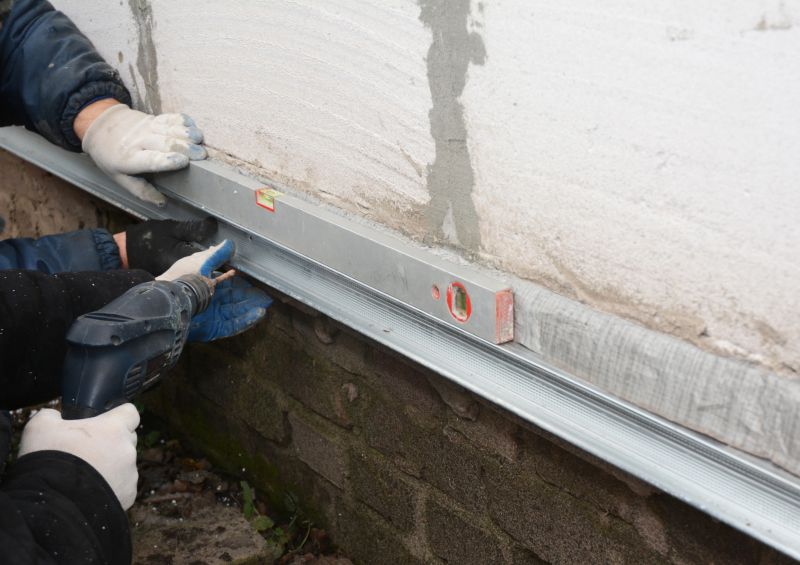
Tools used in various repair techniques.
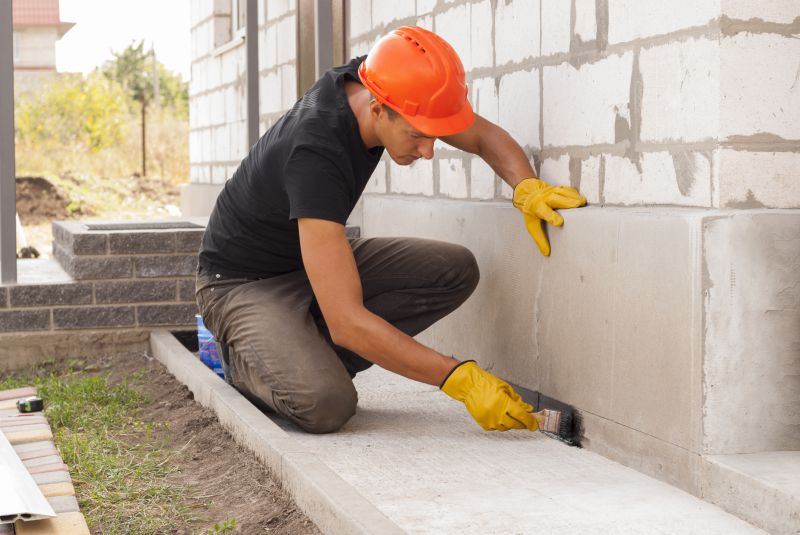
Sealing foundation cracks to prevent water infiltration.
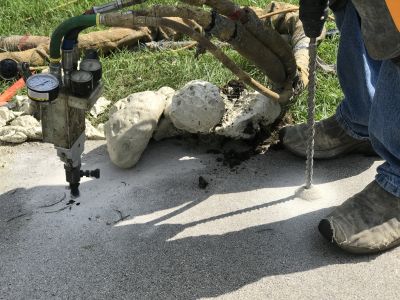
Methods to improve ground stability before repairs.
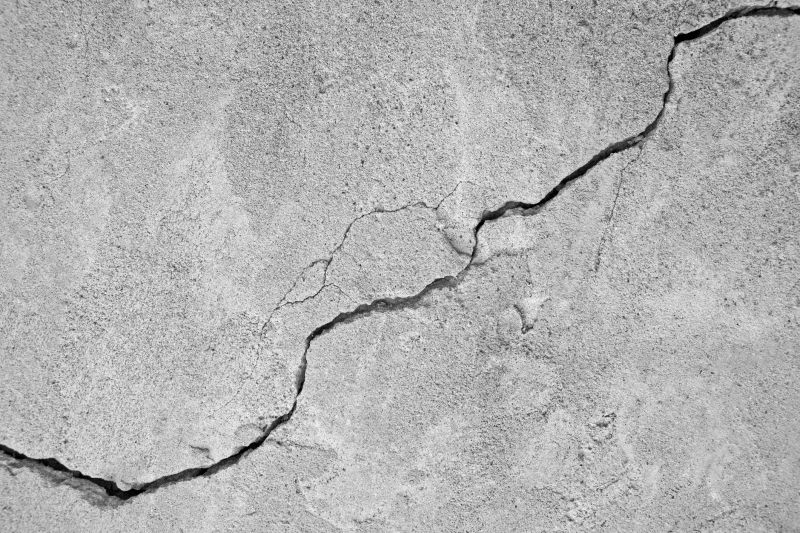
High-end options that actually feel worth it for Foundation Repairs.
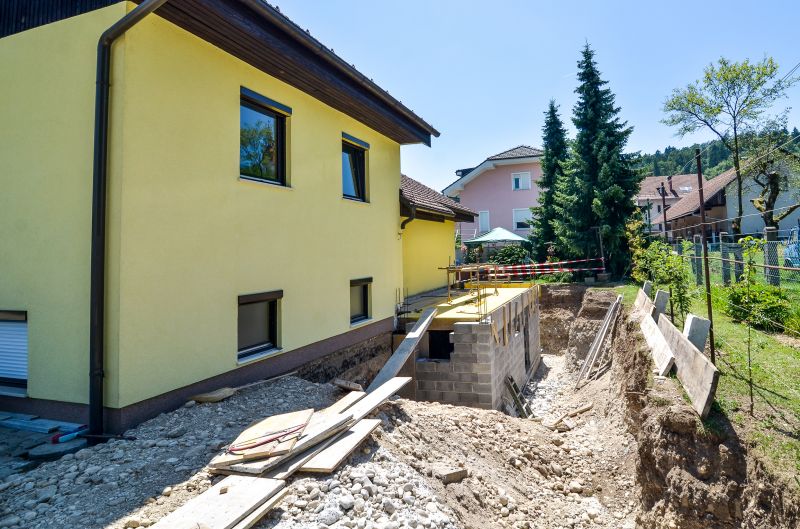
Finishes and colors that play nicely with Foundation Repairs.
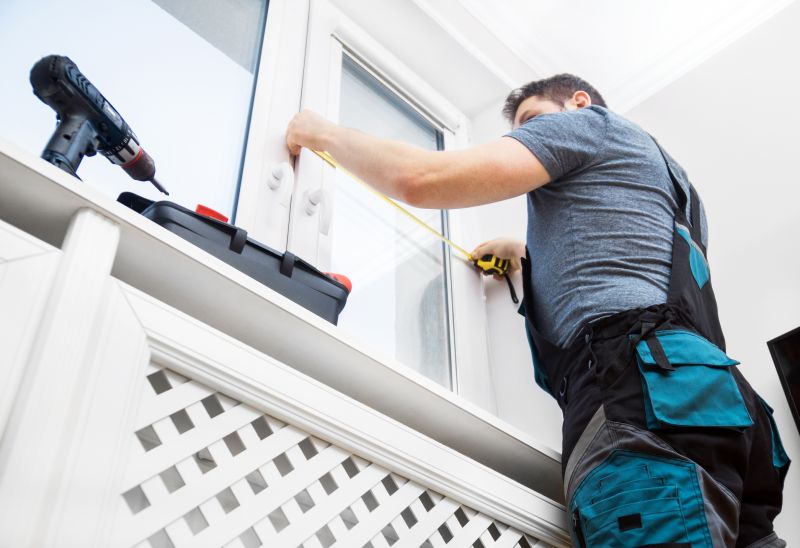
Little measurements that prevent headaches on Foundation Repairs day.
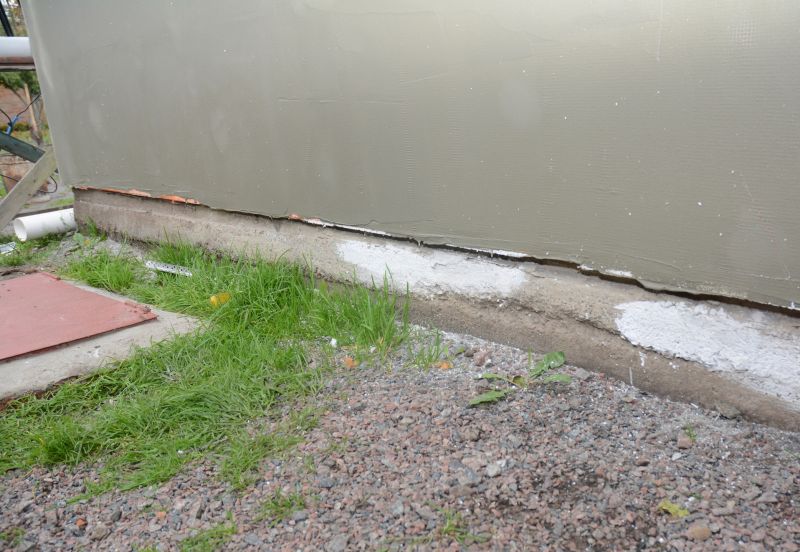
A 60-second routine that keeps Foundation Repairs looking new.
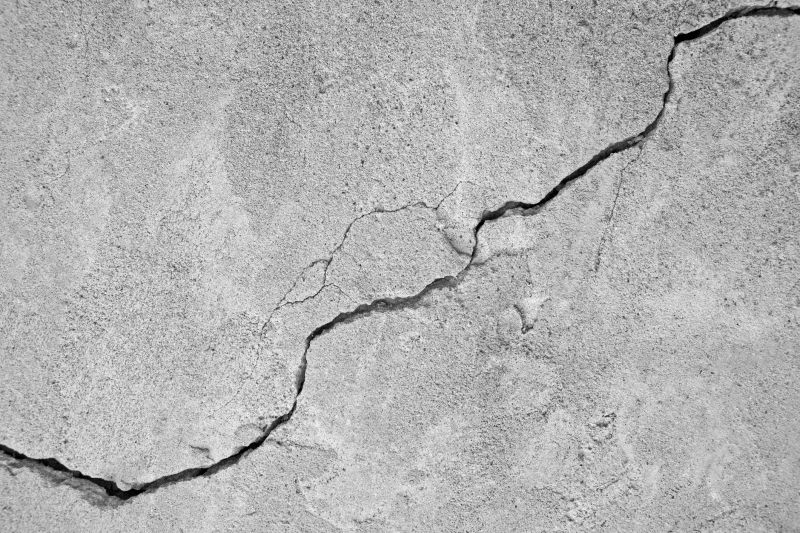
A frequent mistake in Foundation Repairs and how to dodge it.
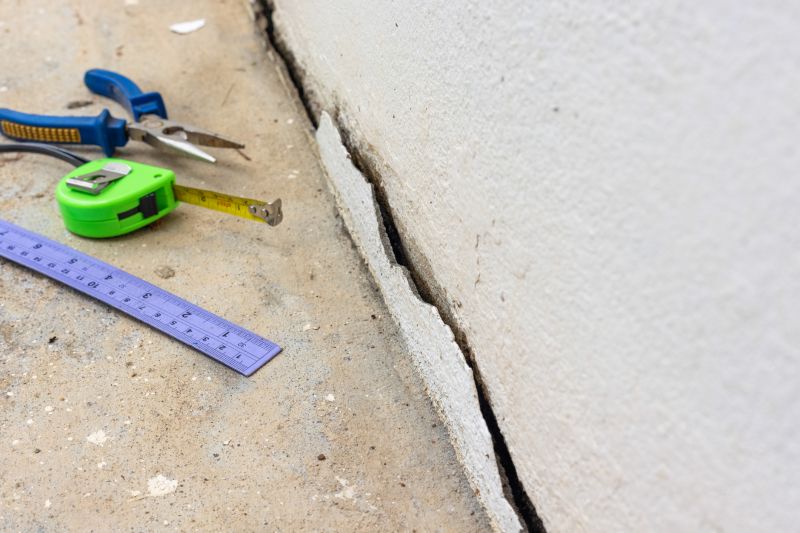
Various methods used to restore foundation stability.
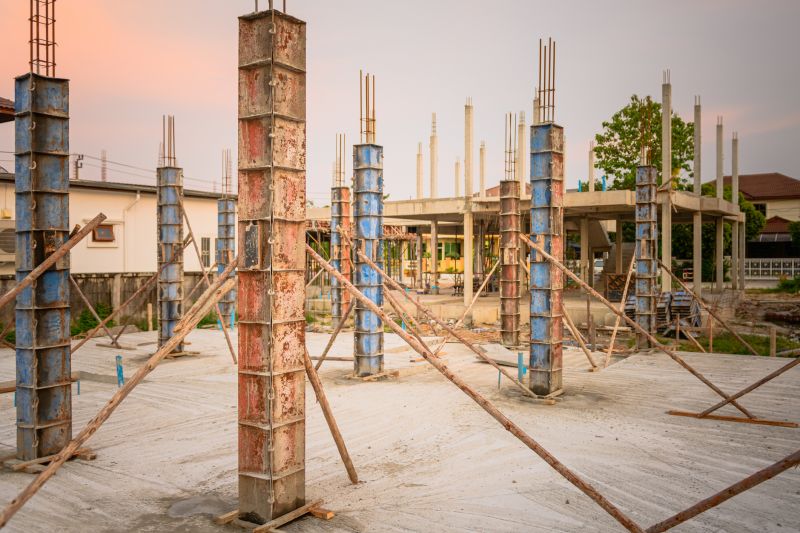
Supporting structures for elevated foundations.

Raising sunken concrete slabs.
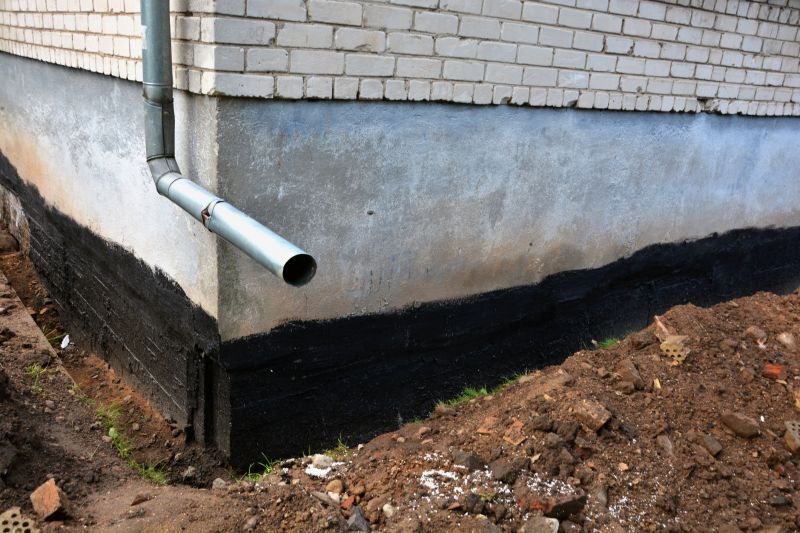
Preventing water accumulation around foundations.

Small tweaks to make Foundation Repairs safer and easier to use.
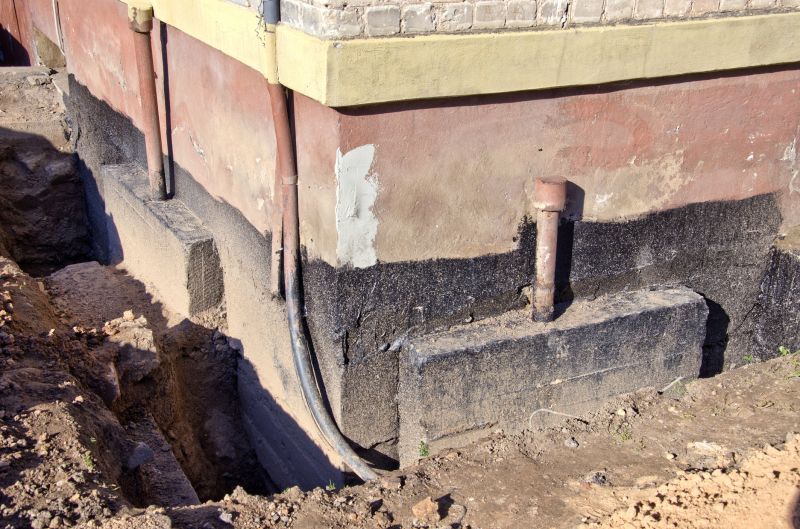
Lower-waste or water-saving choices for Foundation Repairs.

The short, realistic tool list for quality Foundation Repairs.
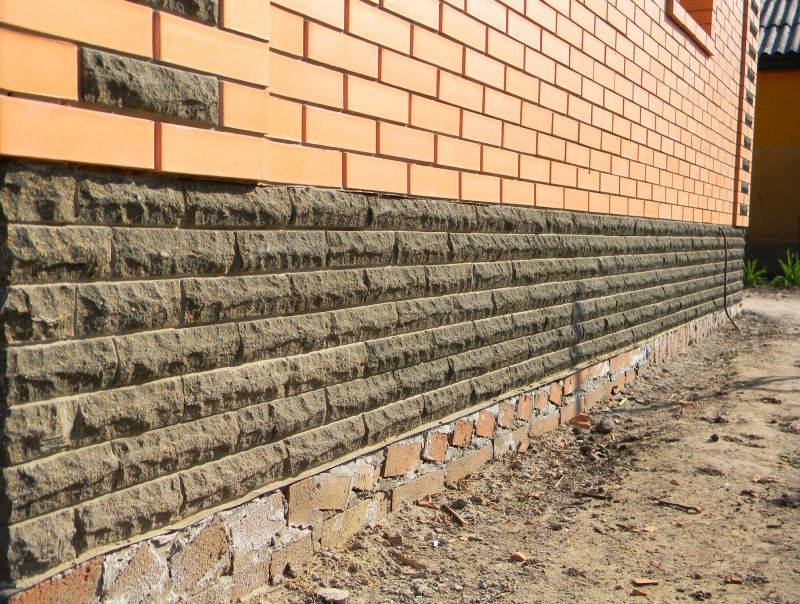
Rough timing from prep to clean-up for Foundation Repairs.
Interested property owners are encouraged to contact for further information about foundation repair options and scheduling. Proper assessment and timing can significantly impact the success and durability of repairs, ensuring long-term stability and safety.



